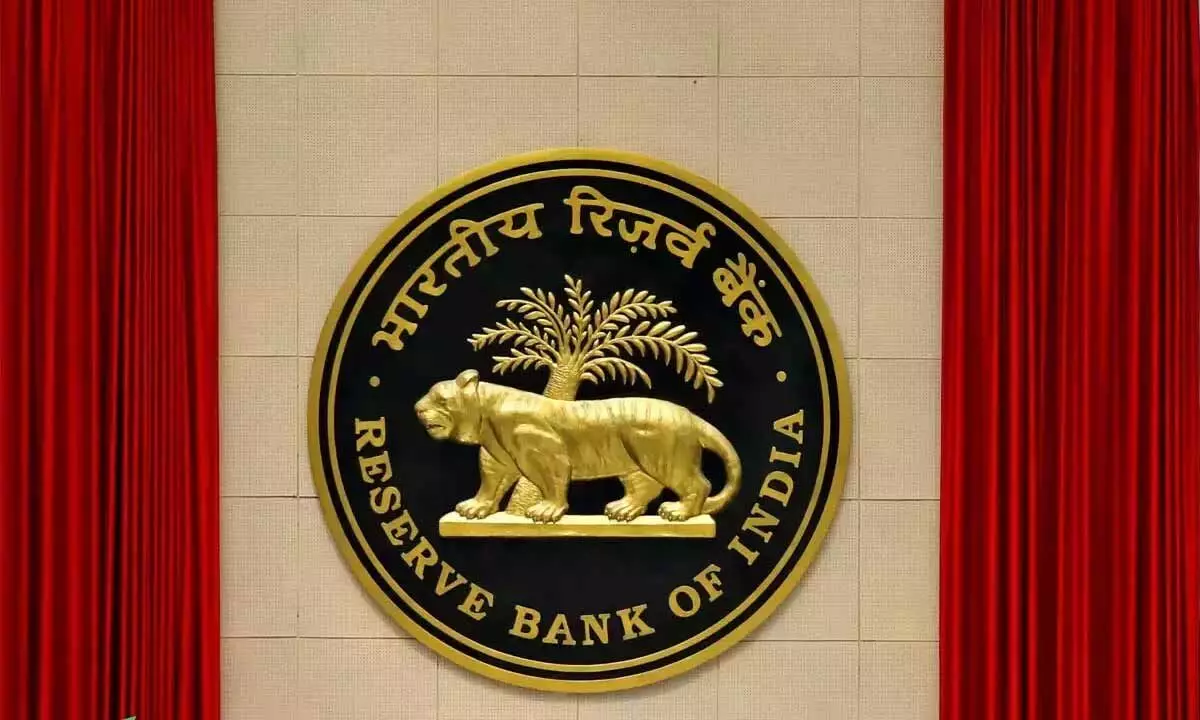RBI report punctures Mamata's claim on development spending
The average spending of the State govt on much-hyped schemes related to women and farmers is a little over 1.1% of the State’s revenue
image for illustrative purpose

In political rallies or administrative review meetings, the common talking point of West Bengal Chief Minister Mamata Banerjee is her claim of keeping social development projects, especially the ones related to women and farmers, alive. This is despite the huge unpaid dues by theUnion government of the State's share in GST collections.
The Chief Minister says that she is keeping these social development projects alive with the State's internal revenues.
However, a recent Reserve Bank of India (RBI) report on the State's finances has prompted questions on whether the Chief Minister's claims about the State government incurring huge expenditure on social development schemes in the State are just that - claims.
As per the findings of the RBI's latest report on "State Finances: A Risk Analysis," it is clear that the expenditure on four of the State government's most-hyped projects pertaining to women development and farmers' welfare is a little over one per cent of the State's own revenue generation. Even the most debt- burdened state of Punjab is ahead of West Bengal on this count, as per the report.
These four social development schemes are Kanyashree (a financial dole scheme to encourage girls to continue studies); Rupashree (a scheme to sponsor the marriages of girls from financially backward families); Lakshmir Bhandar (monthly financial assistance scheme for unemployed women irrespective of financial background); and Krishak Bandhu (financial compensation scheme for the family in case of death of a farmer in the state aged 18 to 60 years).
As per the RBI report, the average spending of the state government on these four schemes is a little over 1.1 per cent of the state's revenue. The budget estimates of the state government for the 2022-23 financial year also show the projected spending on these four schemes is just 1.1 per cent of the state's revenue.
The RBI report has also given a break up of the budgeted expenditure for each of these schemes and their percentage of the state's projected revenue generation for 2022-23.
During the fiscal under review, the maximum budgeted expenditure will be on the Kanyashree scheme at Rs 1866.20 crore, Lakshmir Bhandar scheme will be Rs 10,767 crore, Krishak Bandhu at Rs 5,494 crore and finally Rupashree at Rs 750 crore.
According to the RBI report, even the most debt-ridden state of Punjab is ahead of West Bengal in terms of percentage spending on social development projects. For Punjab the figure is 2.7 per cent.
Financial analysts feel that in the coming days this particular percentage for West Bengal will come down further as the state government will have to shell out more for servicing the old debts as well as to maintain the routine administrative expenditure especially on salaries and retirement benefits.
According to financial analyst and investment consultant Nilanjan Dey, the West Bengal government currently spends around 35.5 percent of the gross state domestic product on two heads, servicing of past debts and payment of salaries, wages and retirement benefits to the state government employees. "The debt to GSDP ratio in West Bengal is also alarmingly high at over 37 per cent. As per state budget figures, the total accumulated debt of the state government is slated to rise to Rs 5,86,438 crore by March 31, 2023. So as the percentage of spending on administrative costs and old debt servicing will rise, there will be a proportionate decline in the spending on social development projects," he said.
In 2011, when the Trinamool Congress came to power for the first time ending the 34-year Left Front rule, the state's total accumulated debt was Rs 1.96 lakh crore, which is slated to rise to over Rs 5.86 lakh crore by March 31, 2022.
According to professor of economics PK Mukhopadhyay, the only way out to meet this burden of debt is to improve the state's own tax revenue generation by creating friendly policies for attracting big ticket investment. "For the manufacturing sector, the state government will have to drastically change its land policy which currently rules out any kind of state government interference in procuring land for industry. Secondly the state government will have to rework its total negative approach towards giving special economic zones to attract investment from the ITES sector. Otherwise, the economic gloom in the state will continue," he added.

